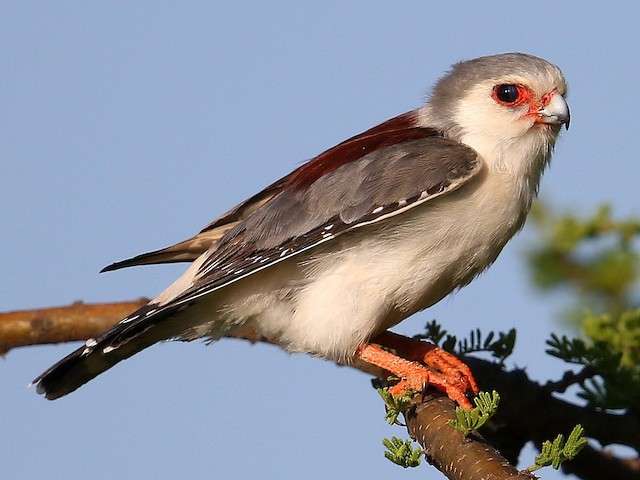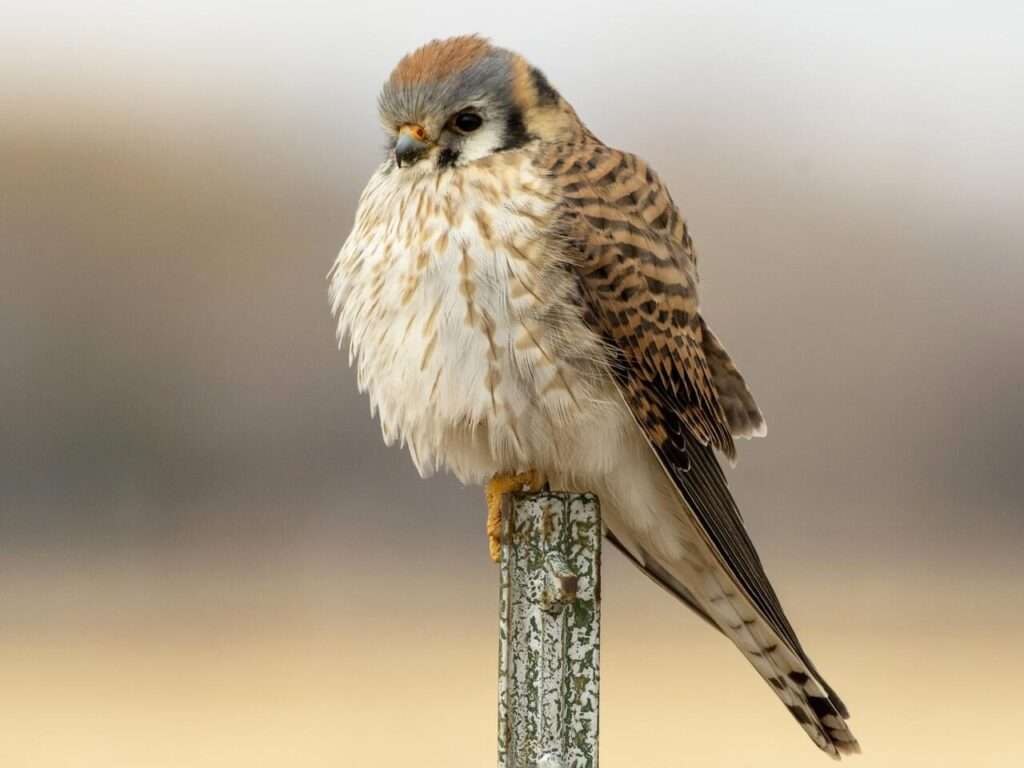
Description
Life span: Up to 10 years
The spotted owl has a broad, round head and no ear tufts. With a short tail and broad, rounded wings. Dark-brown in color with white splotches, spotted owls have spots. The tummy and breast are covered with large, oval white patches. An X-shaped pattern of pale marks on dark brown facial discs forms between the eyes. The Mexican subspecies has a paler facial disc. There are brown eyes. Although the spotted owl and barred owl look similar, the spotted owl has cross-shaped markings on its underparts, while the barred owl has bars on its breast and streaks on its belly. Compared to spotted owls, barred owls are bigger and have darker coloring.
Native Region/Habitat
From southwest British Columbia to Marin County, California, via western Washington and Oregon, the northern spotted owl’s range is practically continuous. With distinct populations in rugged coastal and southern California from Monterey County to northern Baja California, the California spotted owl’s territory overlaps this one in the southern Cascade Range and extends south through the western Sierra Nevada to Tulare County.

Behavior
The spotted owl is a nocturnal animal. They stalk their prey by stealthily listening from a perch while hunting small mammals, especially flying squirrels and woodrats. Spotted Owls can fly quickly and maneuverability while also switching between gliding and glides. They rarely fly above the canopy or move far, unless when leaving their native territory. It may be because spotted owls travel up and down in the canopy to respond to temperature variations that old-growth forests have such intricate, stratified vegetation.
Adult Spotted Owls live alone, with the exception of interactions with their partners and young. They establish long-lasting monogamous pair relationships and spend the entire year in the same home range. Pairs begin roosting and associating with one another 4-6 weeks before eggs are laid. Roosting owls frequently groom both themselves and one another. Only to urinate, regurgitate pellets, defend the nest, or take food from the male does the female leave the nest while incubating the eggs. Around 8 to 10 days after the eggs hatch, she starts leaving the nest for progressively longer forays into the wild. The first four to five weeks of a young spotted owl’s life are spent in the nest. After leaving the nest, they stay close to their parents for an additional two to three months before becoming independent by late summer.
As a pet/In captivity
Consider keeping a spotted owl as a pet if you have a passion for birds of prey and want to learn how to care for them. They require a spacious cage with perches and plenty of outside exercise time. Mice, birds, or other small prey animals can be fed to them. When calling for food, speckled owls can be trained to fly to a person’s hand, and they commonly do so. Without a permit, it is against the law to retain native owls in the US.
Table





